
Aston Martin DBs V8
Case Study
Being RHD and one of only 17 cars ordered and exported to Hong Kong in 1972, this DBS is particularly desirable and extremely rare. In January 2012 the car returned to the UK with the help of an airline pilot. With only a few signs of corrosion in the usual places on both sills, the car showed to be in its original condition.
CCCR will be undertaking a full nut and bolt restoration, inclusive of subtle upgrades such as a 5.7 litre engine conversion and electronic fuel injection with a 5 speed manual gearbox. All of which are bespoke CCCR designs.

The DBS arrives safely at CCCR, waiting to be stripped down and inspected, all parts are inspected and assessed as to whether they can be refurbished or are in need of replacement.

40+ years of service maintenance and repairs are starting to show. So this Aston Martin is going to receive the full overhaul treatment from the CCCR team that it deserves
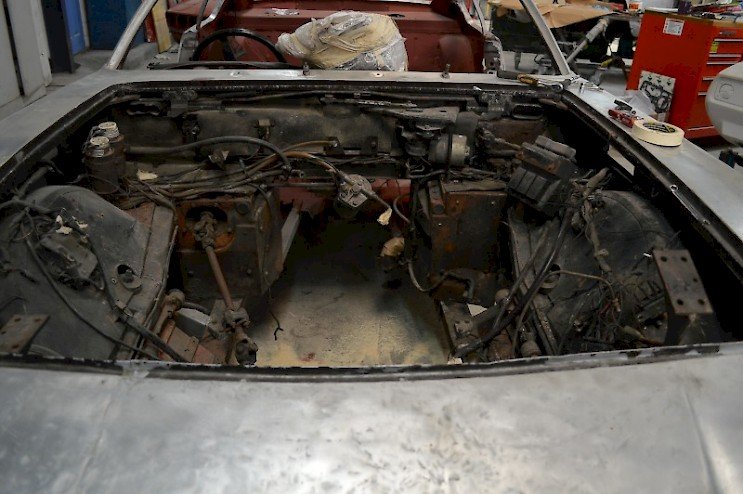
Only ancillaries are left after the engine has been removed
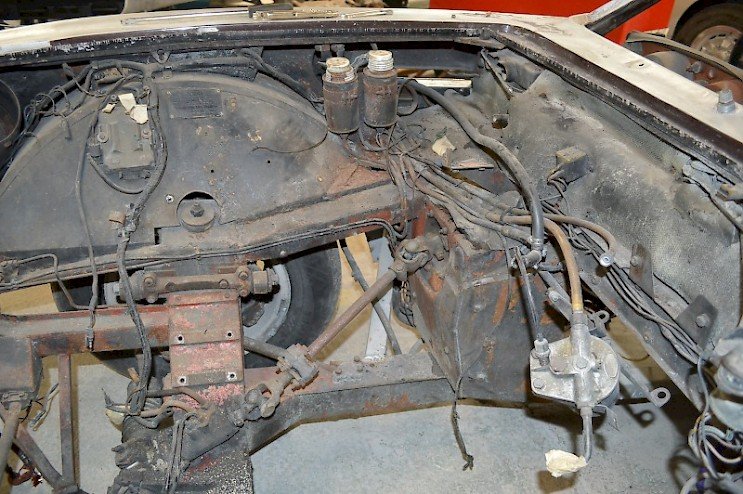
Without the engine to hide whats underneath we start to get an idea of how much corrosion we will find

On a vehicle as old as this it is prudent to fit a new wiring harness as the insulation breaks down over time which may cause a fire hazard!
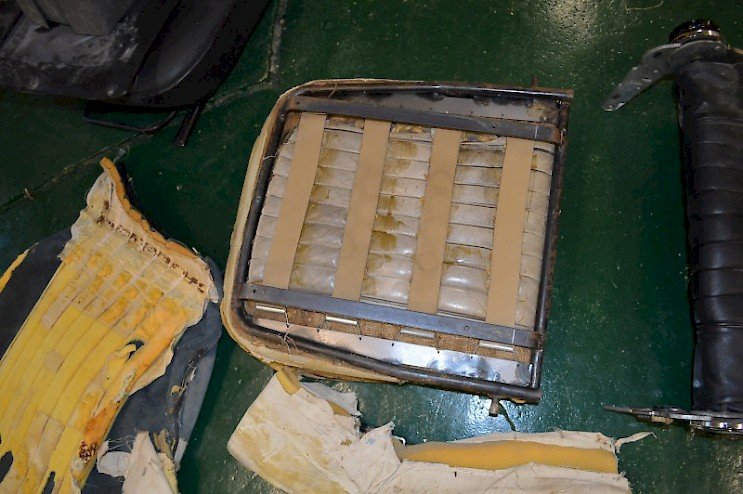
As we can see here, the original interior was light beige. The seats have been retrimmed to black in the past and who ever did the work have installed the original leather seat cover between the Pirelli webbing and seat base foam.
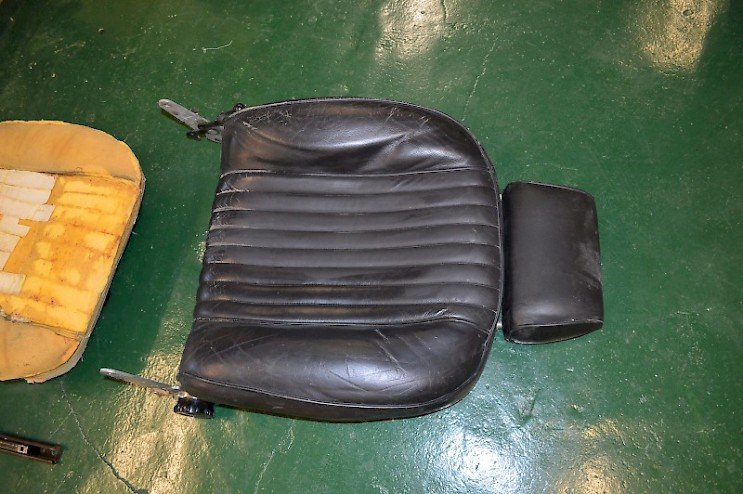
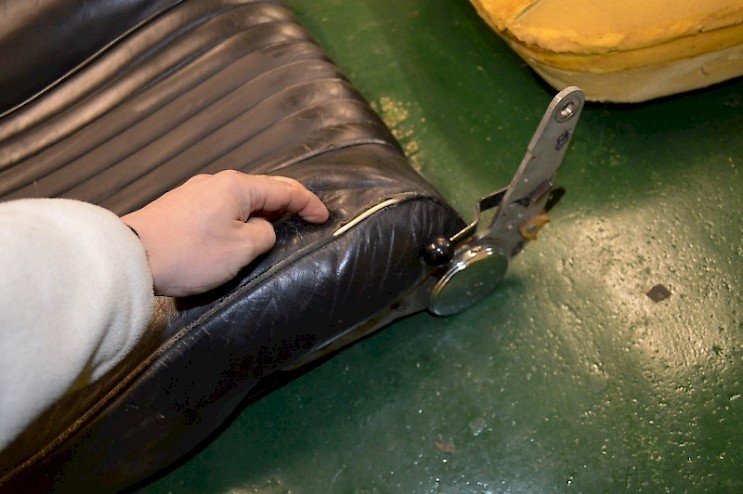
It is a common problem to find that the piping around the seat exit squab can rub through.
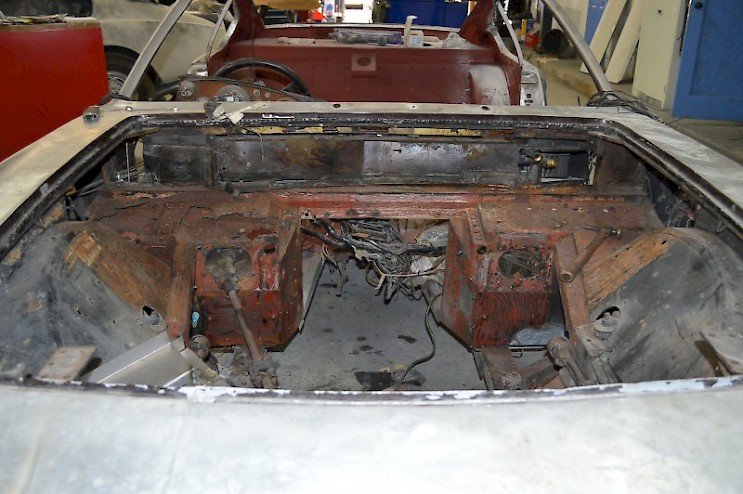
Severe corrosion can been seen across the bulk head

All of the under sills are stripped back to bare metal

The chassis looking good once stripped back

Any panels that showed corrosion were cut out and replaced

As shown in this passenger door
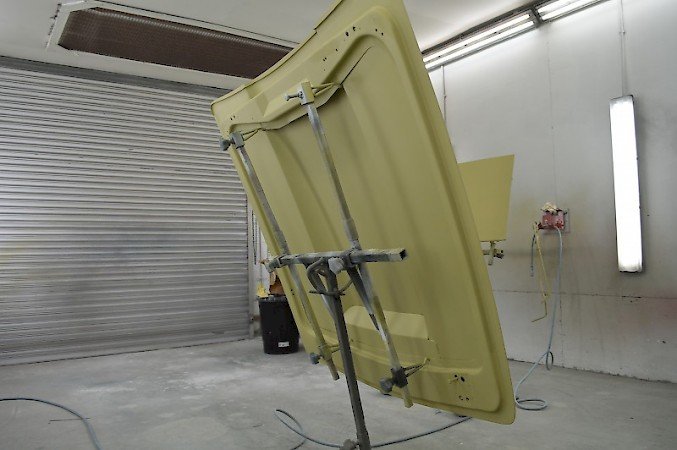
Panels were paint stripped, checked for corrosion, repaired if required, refinished and then primed as is shown above

The body of the car is then acid etch primed after all repairs are completed


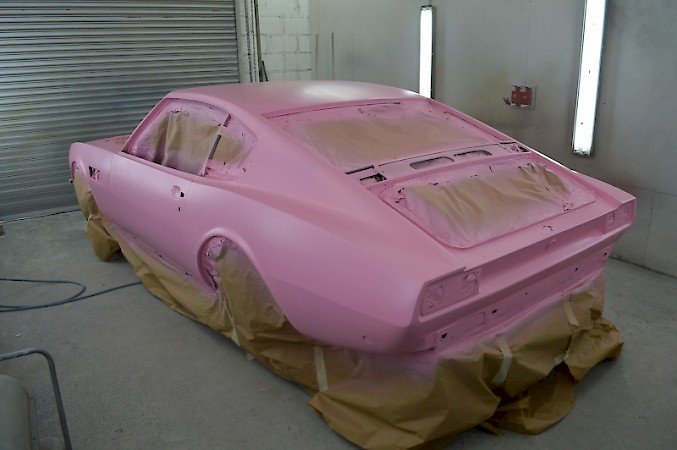
A tinted high build filler primer is then applied

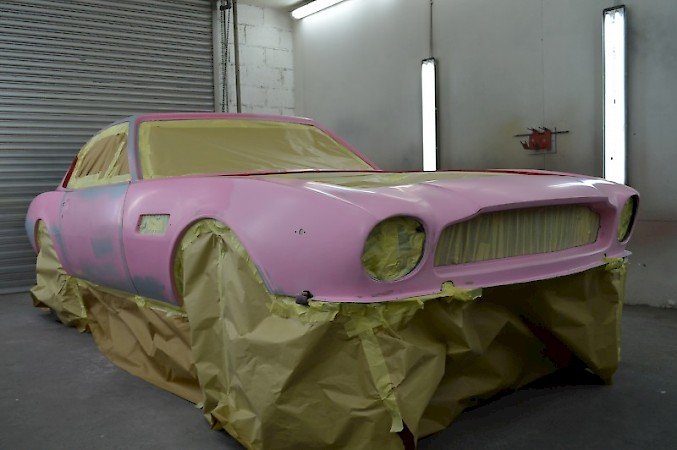
The paint process can some times require several coats of priming and flatting to achieve perfection

To allow for an even colour finish, the door shuts and frames are painted first

Panels are refitted to the car so that the whole car is sprayed evenly as one to ensure no colour mismatch.

This Candy bronze is a ground coat

The incredible cherry red colour starts to take effect now that the top coat has been applied

The engine is stripped down and cleaned part by part looking for wear & tear, damage and corrosion


Aluminium engines especially need to be checked for block porosity
